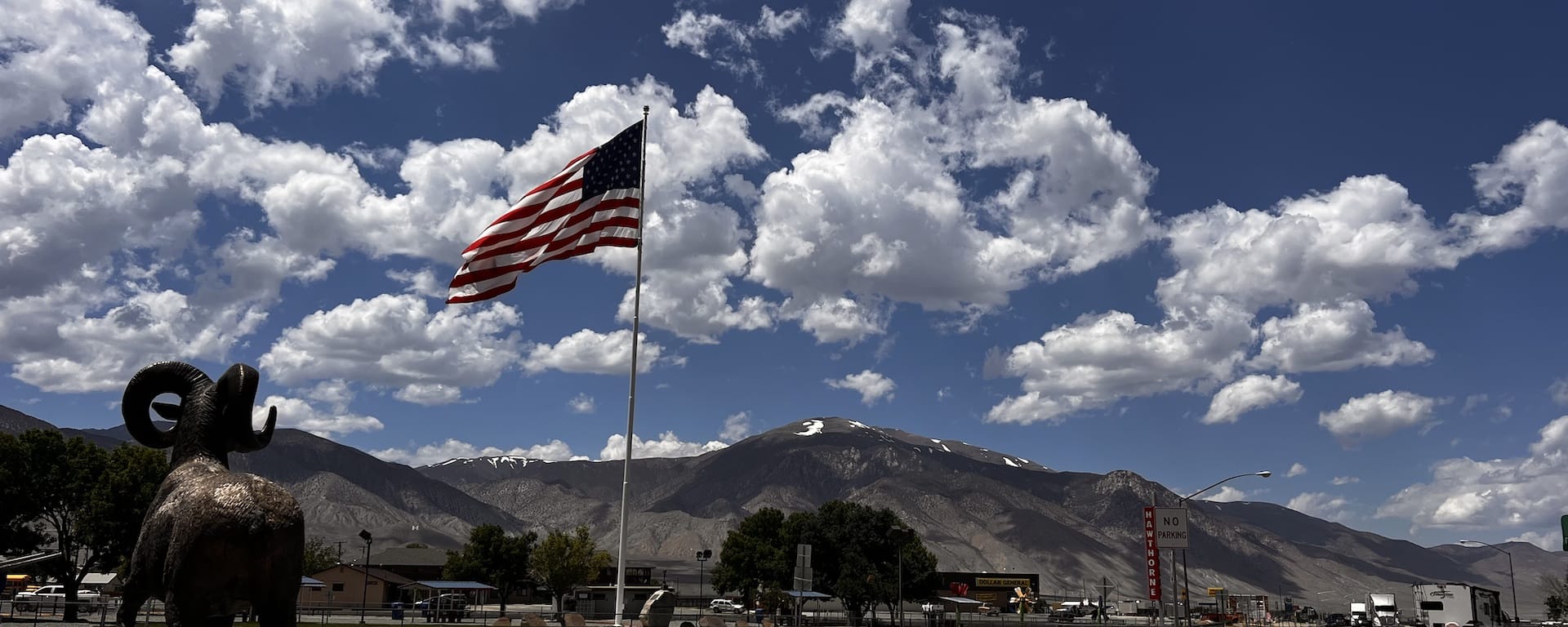
History of CNHD
The COVID-19 pandemic revealed challenges and opportunities for the state of Nevada. This was particularly true of the state’s rural communities, where smaller populations are spread over large geographical areas, and where services and resources are not always as robust as in urban areas. Many rural communities managed their response to the pandemic while also dealing with day-to-day public health, behavioral health, and community health issues as well.
Prior to and during the pandemic, rural public health was primarily provided by the State of Nevada’s Division of Public and Behavioral Health (DPBH), which is in the Nevada Department of Health and Human Services. DPBH coordinates grants, provides public health nurses, and otherwise works with local communities to meet their public health needs. Nevada’s two urban areas, Clark County and Washoe County, have established health districts, while four contiguous counties, Carson City, Storey County, Lyon County, and Douglas County, work together through contracts to provide public health services without establishing a regional health district. With these six counties providing for much of their own public health needs, 11 rural counties in the state are directly served by DPBH.
While the relationship between DPBH and these 11 counties is often strong, state-managed public health in rural Nevada does present challenges. DPBH is primary a coordinating agency that does not offer many direct public health services, yet direct services are often what the local communities need. Additionally, each of the 11 rural counties served by DPBH have their own unique challenges and needs, and DPBH is not always flexible or nimble enough to meet them. And further, falling under the state structure often means providing public health services how the state would like them to be provided instead of ways that may better meet local community needs.
These challenges were clear prior to the pandemic, however, the magnitude and duration of the ongoing public health crisis made them even clearer. As was often the case around the country, the public health challenges were also complemented by social, mental health, and even political challenges. For communities willing to seek new and better ways to serve their population’s needs, there were also opportunities in these challenging times.
The Central Nevada Health District (CNHD) is the result of four communities seeking opportunities to provide better public health services. First approved in August of 2022, CNHD was developed based on the belief that local communities knew, understood, and could provide services for their populations better than the state could. It came from the belief that through combining the resources and efforts of multiple rural communities, they could increase the efficiency and effectiveness of their services. And it came from an understanding that local leaders in rural Nevada could improve public health outcomes by prioritizing public health services in their region.
These were the ideas behind the CNHD, but there has already been tremendous progress toward its overall goals. Moving forward with the full support of DPBH, the CNHD received waivers for its annual assessment for state services, member communities have developed and implemented a work plan to expedite progress toward the goal of establishing Nevada’s third health district, and local leaders will go in front of the State Board of Health on December 2, 2022, to receive formal approval. Anticipating success in establishing the CNHD, the State of Nevada has already funded and built a satellite location for the State Public Health Lab in Churchill County, one of the four counties in CNHD.
Once approved in December, progress toward establishing CNHD was achieved quickly. The Board held its first meeting on December 8, 2022, and from January through June, 2023, initial steps were taken to fully realize the promise of the district. The Central Nevada Health District began serving the communities in its four counties and one city on July 1, 2023.
While there has been important and quick progress to date in establishing the CNHD, that should not overshadow the importance of the development of this new district. CNHD will be the first of its kind in Nevada, not only because it is a formal health district comprising multiple counties, but also because it will be the first health district established in rural Nevada. Its success will benefit the residents of Fallon, Churchill County, Mineral County, Eureka County, and Pershing County a great deal, and CNHD will also serve as a great example for the remaining seven rural counties in Nevada that are receiving public health services from DPBH.
According to the organization’s bylaws, the CNHD is established to achieve the following outcomes:
- The preservation, promotion and protection of the health, safety and well-being of the people and the environment in the Central Nevada Health District.
- Responsible for assessment, monitoring, and surveillance of the Central Nevada Health District’s health problems and needs of resources for dealing with them.
- Adopt, amend and enforce reasonable regulations consistent with law in the areas outlined in the Nevada Revised Statutes (NRS) and the Nevada Administrative Code (NAC) Chapters 439, 441A, 444, 446, 447, 461A and 583.
- Adopt a schedule of reasonable fees to be collected for providing public health services, including but not limited to issuing or renewing any health permit or a license required to be obtained from the health district for the sole purpose of defraying cost and expenses and not for the purpose of general revenue.